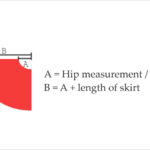“Dancing in the Moonlight” is a song that radiates joy, peace, and an almost dreamlike escape. But the feel-good vibes of this classic track belie a deeply personal and harrowing origin story. Written by Sherman Kelly, and made famous by King Harvest and later Orleans, the song’s journey from personal trauma to a beloved hit is as captivating as the melody itself. Let’s delve into the real dancing in the moonlight meaning by exploring the incredible circumstances that brought this iconic song to life.
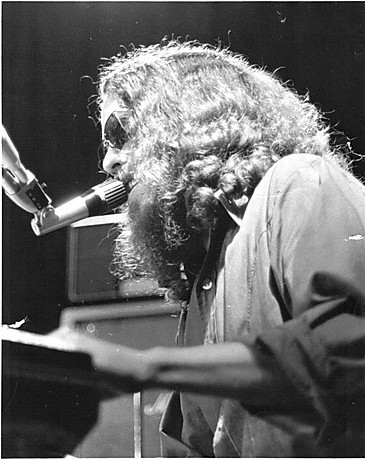 Alt text: Sherman Kelly performing on stage in the 1970s, showcasing his musical talent during the peak era of classic rock.
Alt text: Sherman Kelly performing on stage in the 1970s, showcasing his musical talent during the peak era of classic rock.
Sherman Kelly’s story begins not under a romantic moonlit sky, but in the darkness of a terrifying night in St. Croix. In 1969, Kelly, then running a nightclub in St. Thomas, decided to take a day trip to St. Croix. Unfortunately, seasickness struck Kelly and his girlfriend hard during the boat trip. Upon arrival, still unwell, they opted to stay overnight in town rather than risk another bout of seasickness on the yacht. This decision, born out of discomfort, inadvertently placed them in a life-threatening situation.
Penniless and disoriented after leaving his wallet on the boat, Kelly and his girlfriend sought shelter at a local inn. After a disturbing proposition at one inn, they chose to sleep on the beach instead. It was there, under the very moonlight the song would later celebrate, that their idyllic night turned into a nightmare.
Awakening to violence, Kelly and his girlfriend were attacked by a gang. Kelly endured a brutal beating, while his girlfriend suffered a horrific assault. In a moment of desperate resilience, Kelly fought back, managing to scare off the attackers, though severely injured and traumatized. They eventually found their way to a hospital, unknowingly becoming victims of the notorious Fountain Valley Gang. This horrific experience left Kelly physically and emotionally scarred.
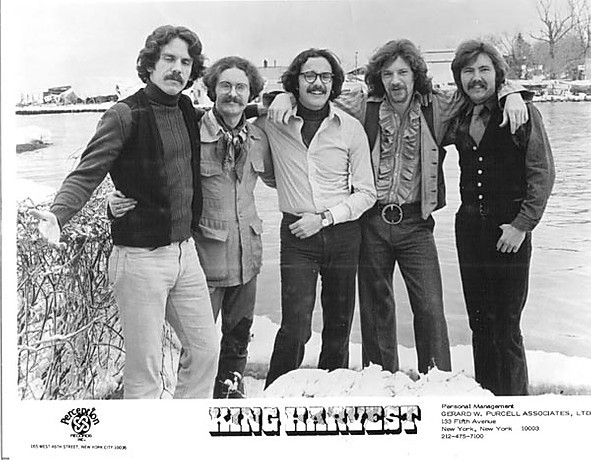 Alt text: King Harvest band members in a promotional photograph from 1972, the year their version of “Dancing in the Moonlight” became a chart-topping hit.
Alt text: King Harvest band members in a promotional photograph from 1972, the year their version of “Dancing in the Moonlight” became a chart-topping hit.
Back home in Ithaca, New York, recovering from his injuries and battling persistent pain, Kelly found solace in songwriting. It was during this period of convalescence that the seeds of “Dancing in the Moonlight” were sown. Far from being inspired by a joyful moonlit dance, the song emerged from the shadows of trauma.
“I envisioned an alternate reality, the dream of a peaceful and joyous celebration of life,” Kelly explained. “It was just me imagining a better world than the one I had just experienced in St. Croix.” In essence, the meaning of “dancing in the moonlight” for Kelly was escapism and the creation of a sanctuary in his mind, a world away from the violence he had endured. The song became an anthem of hope born from despair, a testament to the human spirit’s ability to find light even in the darkest of times.
The initial versions of “Dancing in the Moonlight” didn’t immediately capture the magic of the King Harvest rendition. Kelly’s band Boffalongo recorded it in 1970, a version Kelly himself critiques for his cocaine-influenced vocal performance. Another group, High Broom, also released a version that same year, but neither achieved mainstream success.
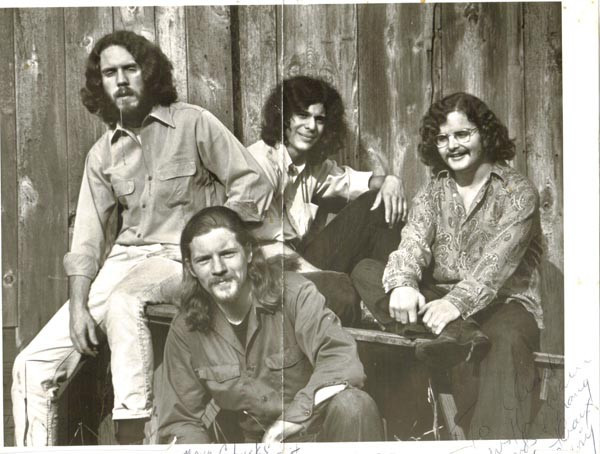 Alt text: Boffalongo band photograph circa 1970, showcasing the original lineup that first recorded “Dancing in the Moonlight” with Sherman Kelly.
Alt text: Boffalongo band photograph circa 1970, showcasing the original lineup that first recorded “Dancing in the Moonlight” with Sherman Kelly.
It was Wells Kelly, Sherman’s brother and former Boffalongo member, who introduced “Dancing in the Moonlight” to King Harvest. With Doc Robinson on lead vocals, King Harvest released their version in 1972, and it soared up the charts. This version perfectly captured the song’s inherent optimism and became the definitive rendition that audiences worldwide embraced. Sherman Kelly even joined King Harvest on tour, witnessing firsthand the widespread love for his creation.
Despite the song’s success, the demanding life of touring wasn’t for Sherman Kelly. He eventually stepped away from the road and pursued other paths, including a career in psychotherapy. However, the legacy of “Dancing in the Moonlight” continued to grow.
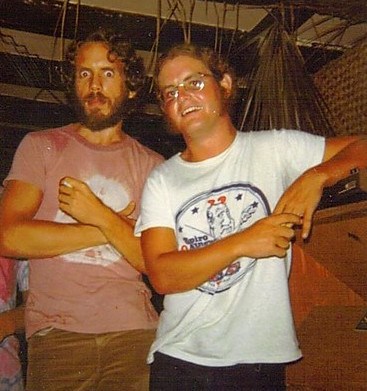 Alt text: Sherman Kelly pictured with Larry Hoppen, highlighting their early musical collaborations before Hoppen co-founded the band Orleans, which also famously covered “Dancing in the Moonlight.”
Alt text: Sherman Kelly pictured with Larry Hoppen, highlighting their early musical collaborations before Hoppen co-founded the band Orleans, which also famously covered “Dancing in the Moonlight.”
Interestingly, Orleans, co-founded by Larry Hoppen, also a former bandmate of Kelly’s from Boffalongo, later recorded their own popular version of “Dancing in the Moonlight.” This further cemented the song’s status as a timeless classic, demonstrating its appeal across different musical styles and generations. In 2000, Toploader’s cover brought the song to a new audience, and it has since been featured in films, television, and video games, ensuring its continued relevance.
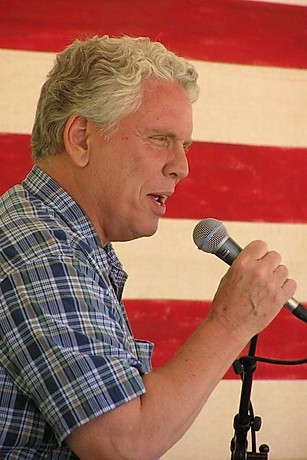 Alt text: Sherman Kelly in a recent photograph, reflecting on his enduring musical legacy and the unexpected journey of “Dancing in the Moonlight.”
Alt text: Sherman Kelly in a recent photograph, reflecting on his enduring musical legacy and the unexpected journey of “Dancing in the Moonlight.”
From a near-fatal encounter to an enduring anthem of joy, the story behind “Dancing in the Moonlight” reveals a profound depth beneath its upbeat melody. The true dancing in the moonlight meaning, as revealed by its creator, is not just about romance or carefree nights, but about the power of imagination to heal, to create beauty from pain, and to find your own moonlit sanctuary even when darkness surrounds you. Sherman Kelly’s journey is a powerful reminder that even from the most challenging experiences, timeless art and enduring hope can emerge.

